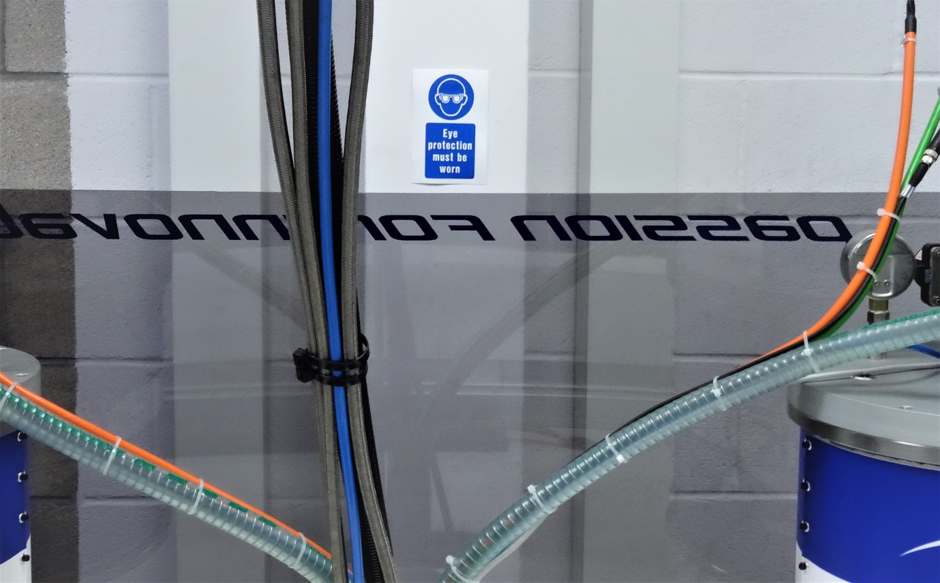
The latest figures from the HSE estimates the cost of work injuries and ill health from working conditions is £15 billion. Even with the advent of personal protective equipment (PPE), workplace injuries are still costing businesses and public services money.
Eye injuries make up a small amount of this cost, but these injuries can impact an employee’s life.
Below, we discuss how to protect your eyes in the workplace and the importance of eye protection signs.
Types of Eye Protection in the Workplace
Eye injuries occur in the workplace for two reasons: eye protection wasn’t worn, or eye protection wasn’t used properly.
Despite the wide range of eye injuries that can occur, the above reasons underpin all them. For that reason, employees need to be both reminded and trained to ensure they keep up with eye protection safety.
There are five categories of eye protection:
1) Spectacles with side protection – a broad category used for all types of eye protection. These must contain side shields to prevent debris from coming in at the side.
2) Goggles – a higher-end version of spectacles. These protect the eyes from fluids, particulates, chemicals, etc.
3) Welding helmets – protects from heat, sparks, infrared light, fire and UV light.
4) Hoods – non-rigid protection with impact-resistant windows. Ideal for eye protection in confined or awkward spaces.
5) Face shields – protects a user’s face from impacts, heat and glare.
6) Respirator facepieces – colloquially known as a gas mask, this protects a user’s eyes and lungs from inhaling particulates, microorganisms, gases, vapour, etc.
Having the correct equipment for the correct environment is only half of the battle, though. Employees need to stay trained and reminded via eye protection signs to stay safe.
The Role of Eye Protection Signs
Eye protection signs communicate and remind members of staff to use their PPE. They are an implicit line of defence and can be the difference between a tired worker putting on their goggles and hurting themselves.
Signs must comply with harmonised standard EN 7010, as well as the Signs and Safety Regulations 1996.
If you work in medical, laboratories, research facilities, hospitals, forestry, construction, agriculture and everything in between, eye protection is essential.
Even in non-physical jobs, eye protection is important, albeit without the need for equipment. Eye protection in the office, for example, is essential to protect eyes from screen glare.
Protect Your Eyes With Label Source
Our full range of eye protection signs will keep you, your employees and your business safe.